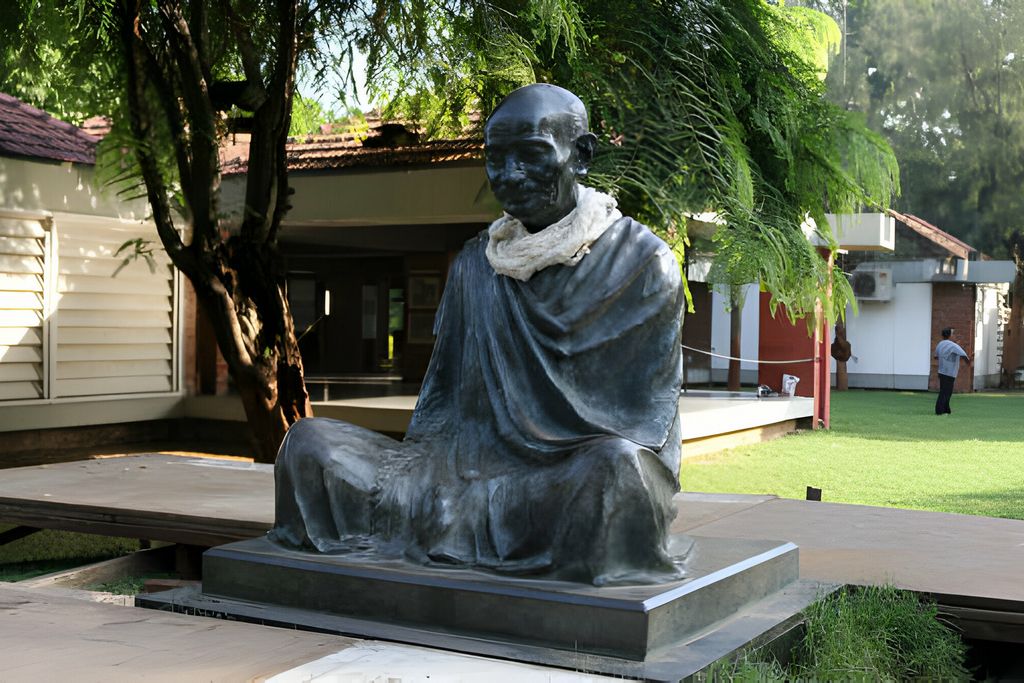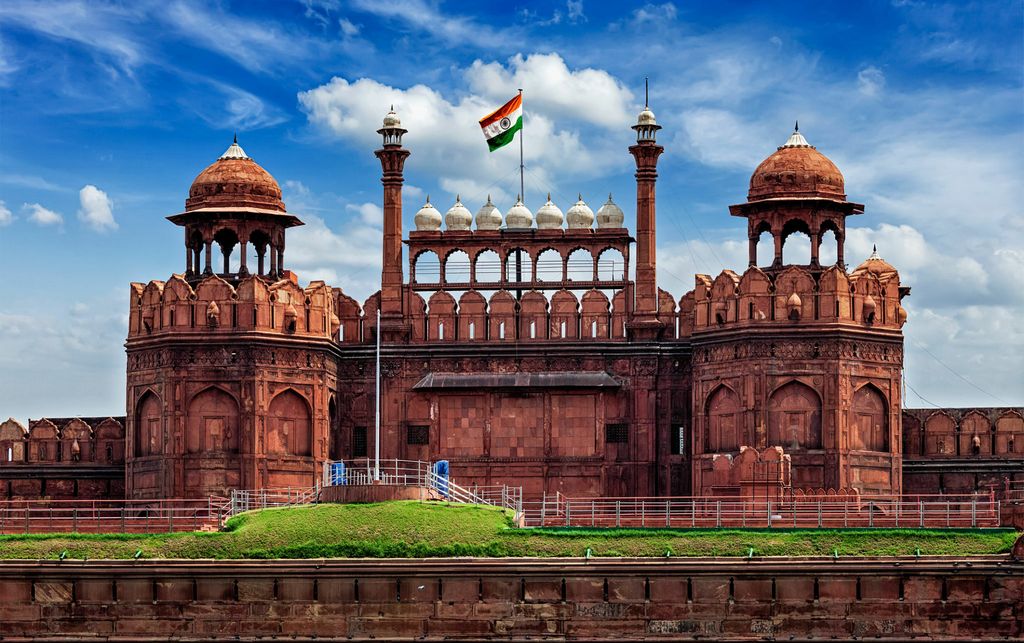India’s freedom struggle is a monumental saga of bravery, resilience, and sacrifice. Spanning over a century, it saw the rise of numerous leaders, the participation of millions of ordinary citizens, and the emergence of a national consciousness that ultimately led to the country’s independence from British rule on August 15, 1947. This journey is immortalized in various historical sites and monuments across India, each bearing testimony to the events and individuals who played pivotal roles in the fight for freedom. This blog explores some of the most significant landmarks that continue to echo the spirit of India’s freedom struggle.
Jallianwala Bagh, Amritsar
One of the most poignant reminders of the brutality faced by Indians during the British Raj is Jallianwala Bagh in Amritsar. On April 13, 1919, thousands of unarmed Indians gathered in this public garden to peacefully protest against the repressive Rowlatt Act. Without warning, British Brigadier General Reginald Dyer ordered his troops to open fire on the crowd, killing hundreds and wounding many more in a matter of minutes. The massacre was a turning point in India’s freedom struggle, galvanizing nationwide resistance against colonial rule.
Today, Jallianwala Bagh stands as a memorial to those who lost their lives in the massacre. The bullet marks on the walls and the Martyrs’ Well, where many people jumped to escape the bullets, are preserved as grim reminders of the horrors of that day. The memorial also features a flame-shaped structure representing the undying spirit of the martyrs.
Cellular Jail, Andaman and Nicobar Islands
The Cellular Jail, also known as Kala Pani, was a colonial prison in the Andaman and Nicobar Islands where many Indian freedom fighters were exiled and subjected to inhumane conditions. Built between 1896 and 1906, the jail was designed to isolate prisoners from each other, breaking their spirit and preventing any collective resistance.
The prison housed several notable freedom fighters, including Batukeshwar Dutt, Veer Savarkar, and Yogendra Shukla. The torturous conditions in the Cellular Jail, including solitary confinement and forced labor, exemplify the extreme measures taken by the British to suppress the freedom movement.
Today, the Cellular Jail is a national monument. The light and sound show held every evening narrates the harrowing tales of the prisoners and their undying resolve to free their motherland. The museum within the complex also displays photographs, letters, and other artifacts from that period, offering a glimpse into the lives of the freedom fighters who endured immense suffering for the nation’s cause.
Sabarmati Ashram, Ahmedabad
Sabarmati Ashram, located on the banks of the Sabarmati River in Ahmedabad, Gujarat, was the residence of Mahatma Gandhi from 1917 to 1930. It served as one of the main centers of the Indian freedom struggle, from where Gandhi initiated several pivotal movements, including the Non-Cooperation Movement, the Civil Disobedience Movement, and the famous Dandi March.
The Ashram was a place of deep reflection, strategy, and planning for Gandhi and his followers. It was here that the concept of Satyagraha—nonviolent resistance—was developed and put into practice. The Dandi March, which began from this ashram in 1930, was a direct action campaign against the British salt tax, sparking widespread civil disobedience across the country.
Today, Sabarmati Ashram is a museum that preserves Gandhi’s legacy. Visitors can explore Gandhi’s living quarters, known as Hriday Kunj, along with several other galleries displaying his writings, photographs, and personal items. The ashram continues to inspire visitors with the principles of simplicity, truth, and nonviolence that Gandhi espoused.
Also Read : Buddhist Sites in India
Red Fort, Delhi
The Red Fort in Delhi is not just an architectural marvel but also a symbol of India’s independence. Built by the Mughal emperor Shah Jahan in the 17th century, the fort became a strategic and symbolic site during the freedom struggle. On August 15, 1947, the first Prime Minister of independent India, Jawaharlal Nehru, unfurled the Indian tricolor from the ramparts of the Red Fort, marking the end of British rule.
The fort had also witnessed the trial of the leaders of the Indian National Army (INA) in 1945-46, who were charged with treason against the British crown. The INA, led by Subhas Chandra Bose, had fought alongside Japanese forces during World War II with the aim of liberating India from British control.
Today, the Red Fort remains a powerful symbol of India’s sovereignty. Every year, on Independence Day, the Prime Minister hoists the national flag and delivers a speech to the nation from its ramparts. The Red Fort complex is now a UNESCO World Heritage Site and houses several museums that showcase India’s rich history and the legacy of the freedom struggle.
Chauri Chaura, Uttar Pradesh
Chauri Chaura, a small town in the Gorakhpur district of Uttar Pradesh, is etched in history for its role in the Non-Cooperation Movement. On February 4, 1922, a group of protesters participating in the movement clashed with the police, leading to the burning down of a police station and the deaths of 22 policemen. The incident shocked Mahatma Gandhi, who immediately called off the Non-Cooperation Movement, fearing that it had deviated from its nonviolent path.
The Chauri Chaura incident is significant because it highlighted the challenges of maintaining nonviolent discipline in a mass movement and led to a period of introspection within the freedom struggle. The site now features a memorial in honor of those who lost their lives, both policemen and protestors, serving as a reminder of the complex and often painful journey towards independence.
Also Read : India’s 10 Lesser-Known UNESCO Cultural World Heritage Sites
Conclusion
India’s freedom struggle is a story of unparalleled courage, determination, and the unyielding spirit of its people. The historical sites and monuments scattered across the country are not just tourist destinations but sacred spaces that hold the memories of a nation’s fight for justice and dignity. Visiting these places offers a deep connection with the past and a better understanding of the sacrifices made to achieve the freedom that India enjoys today. These landmarks continue to inspire future generations to uphold the values of democracy, freedom, and equality that were hard-won by their ancestors.





